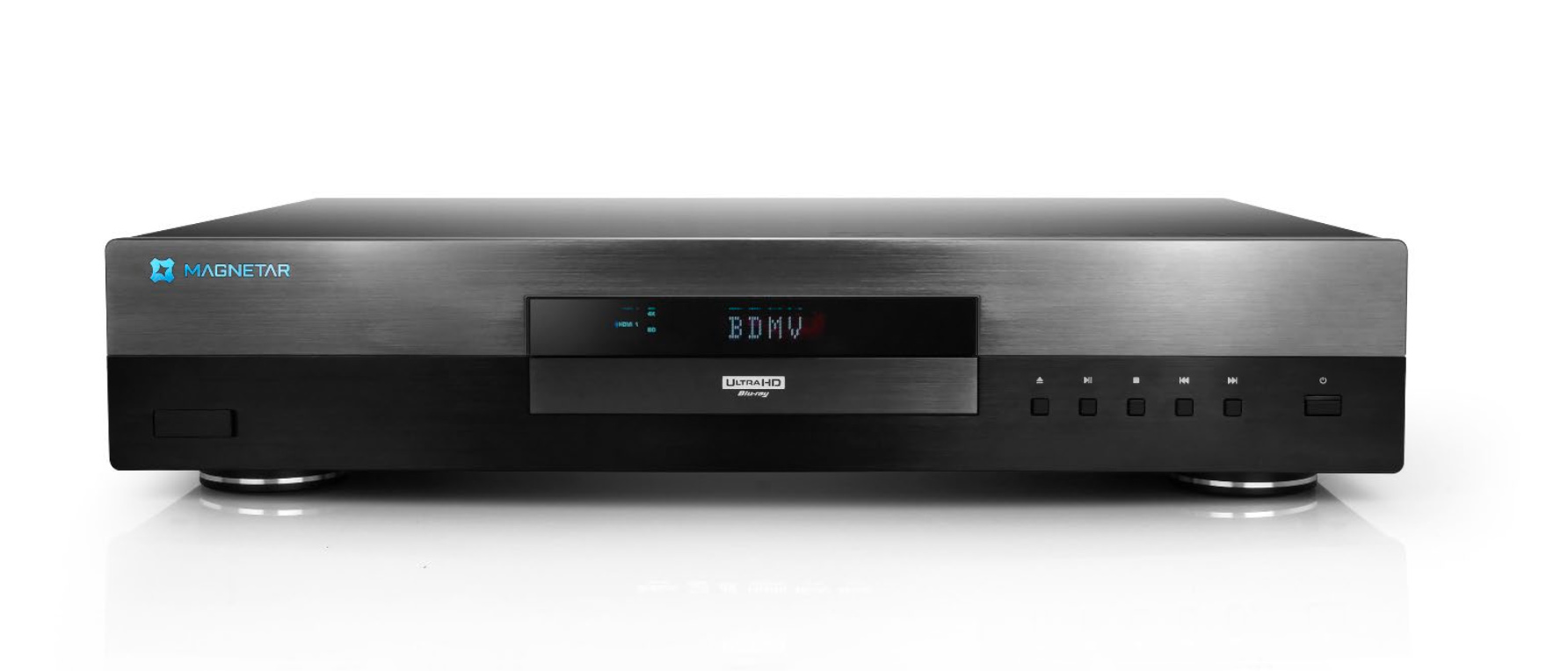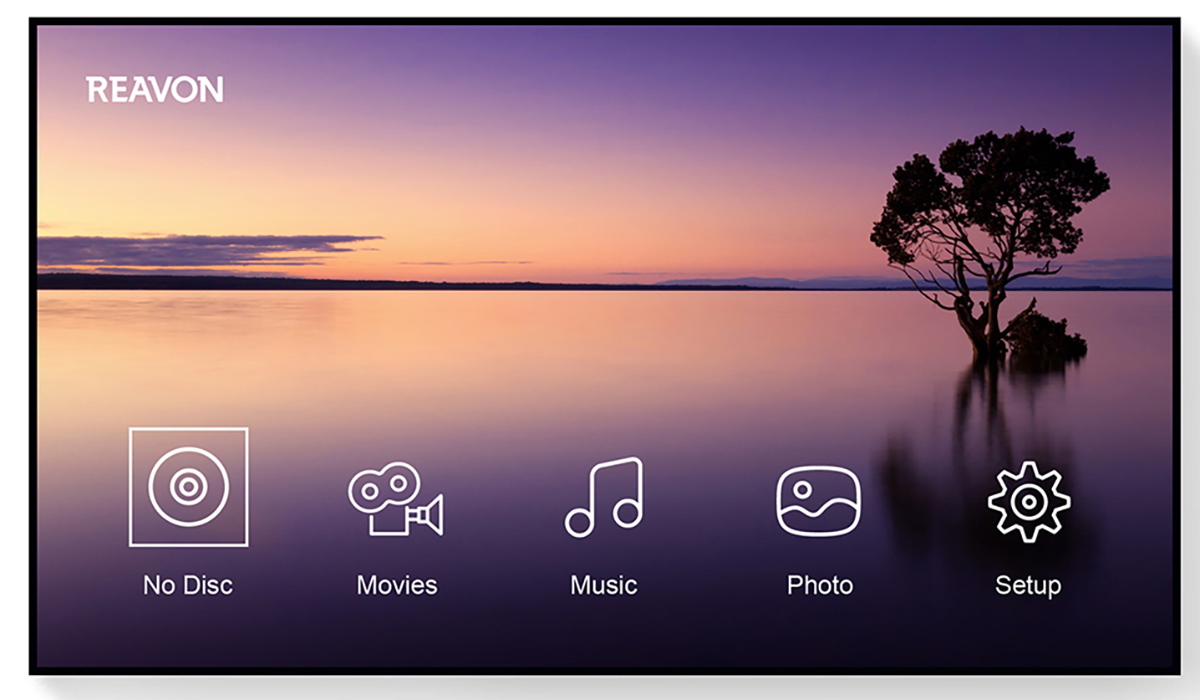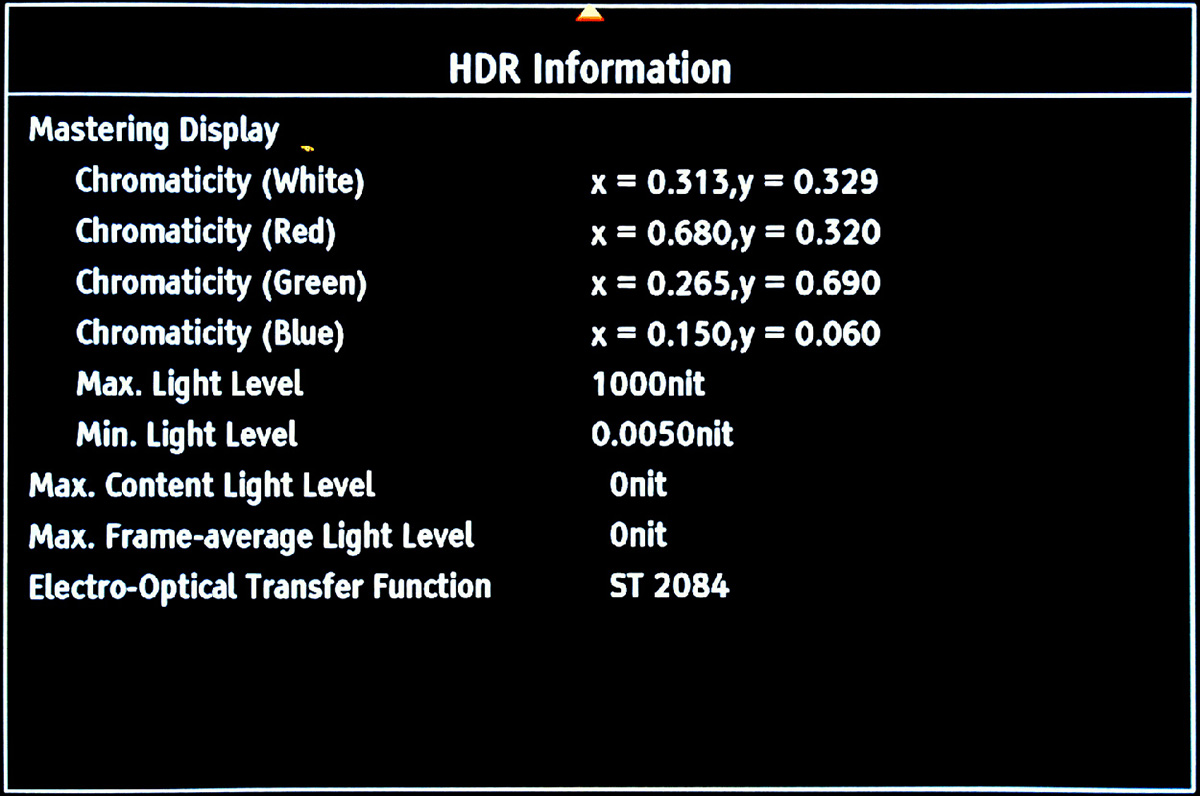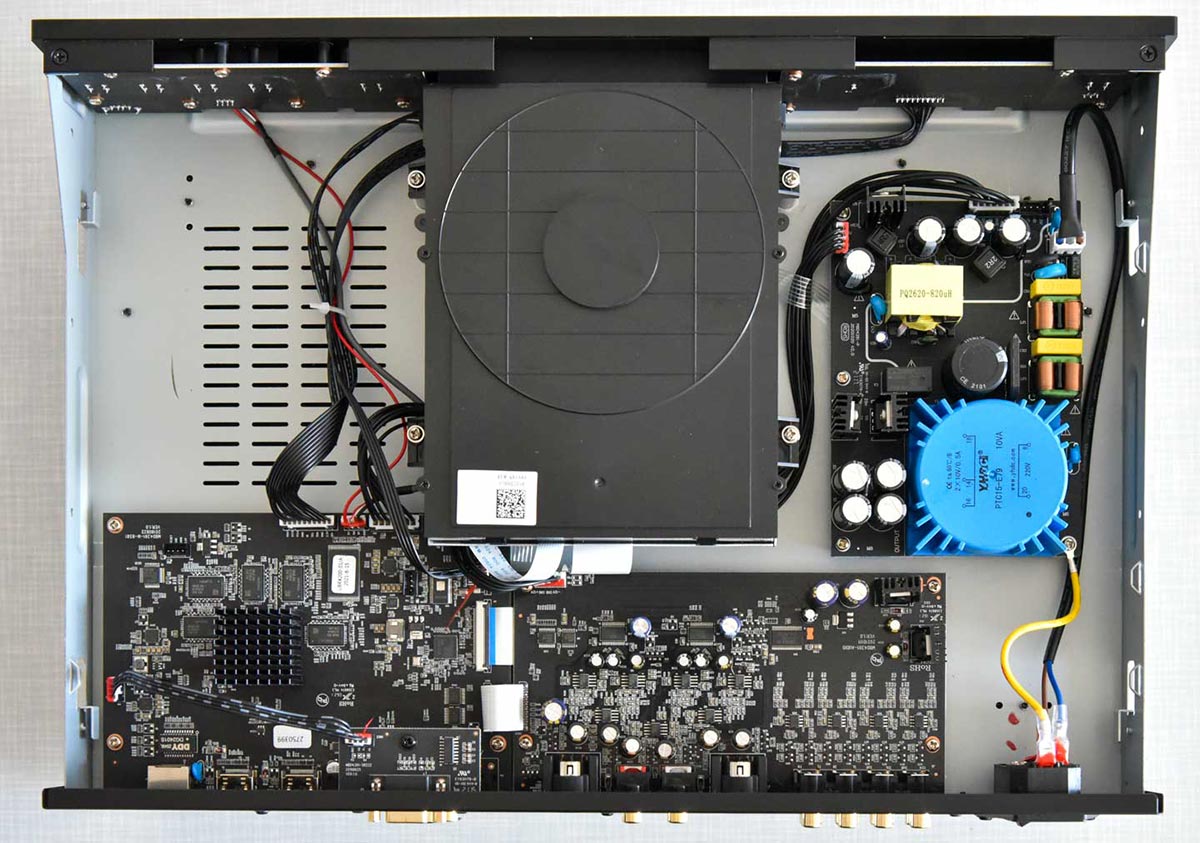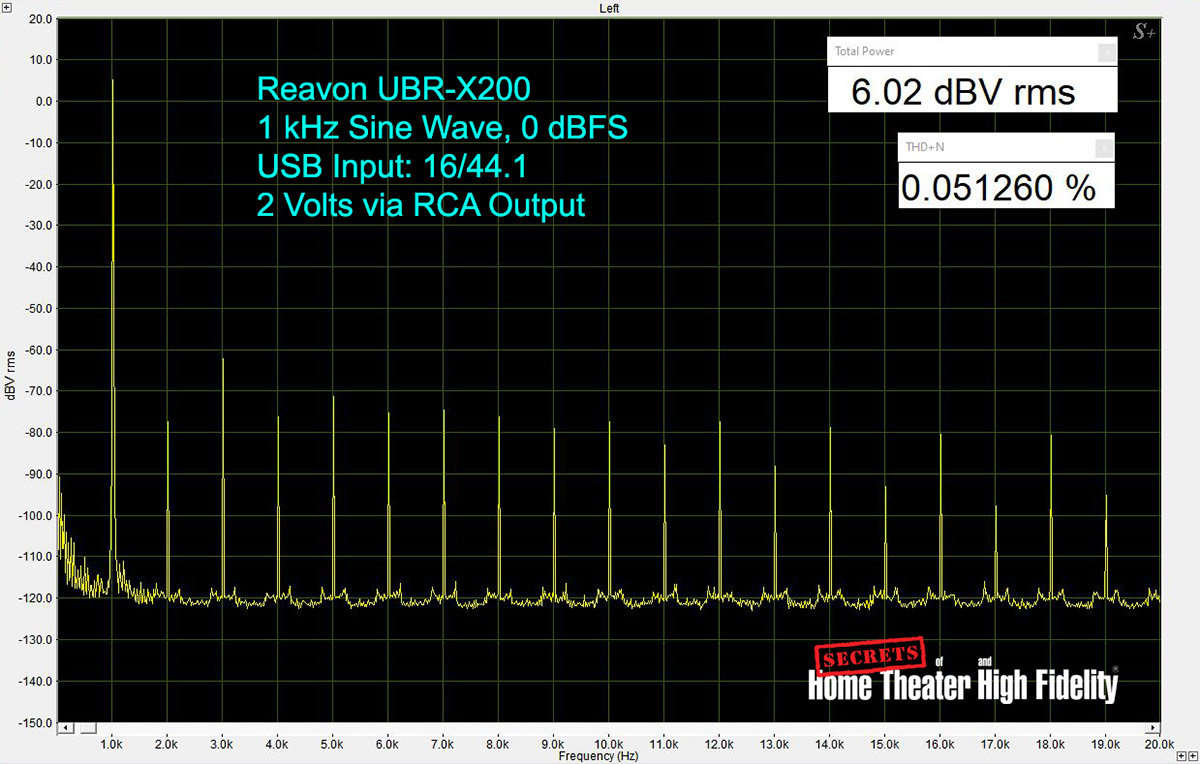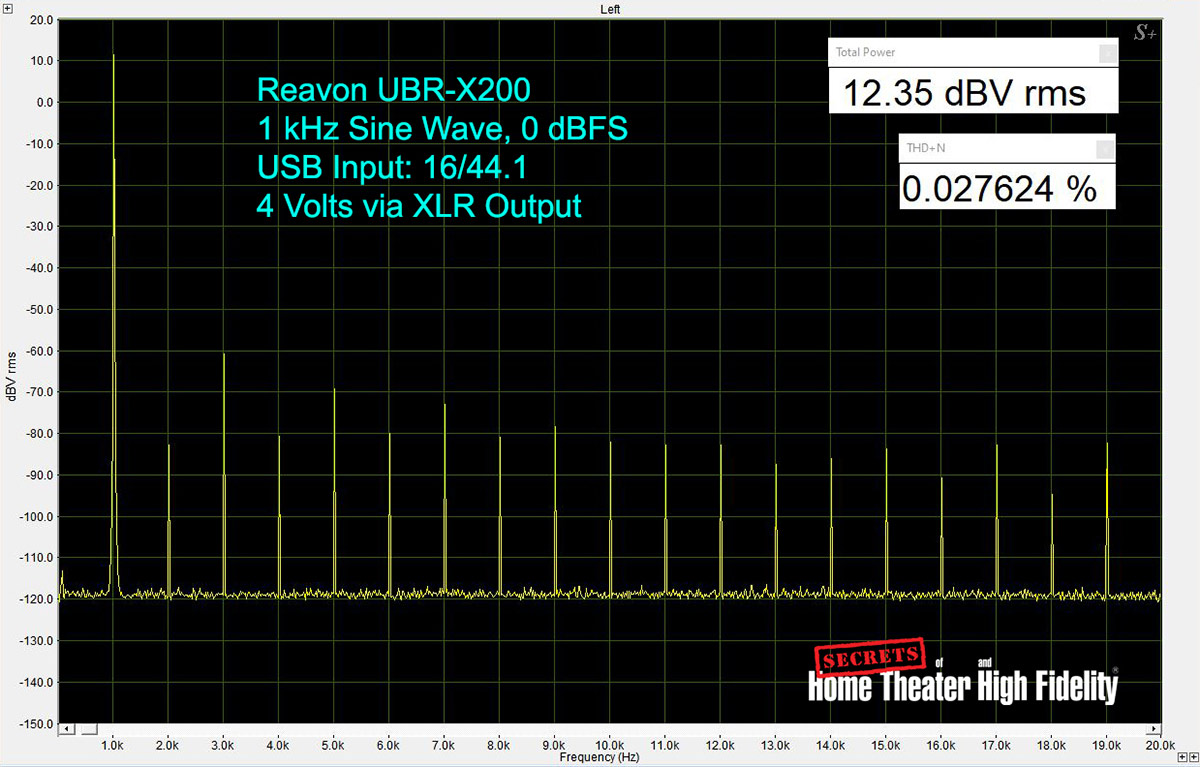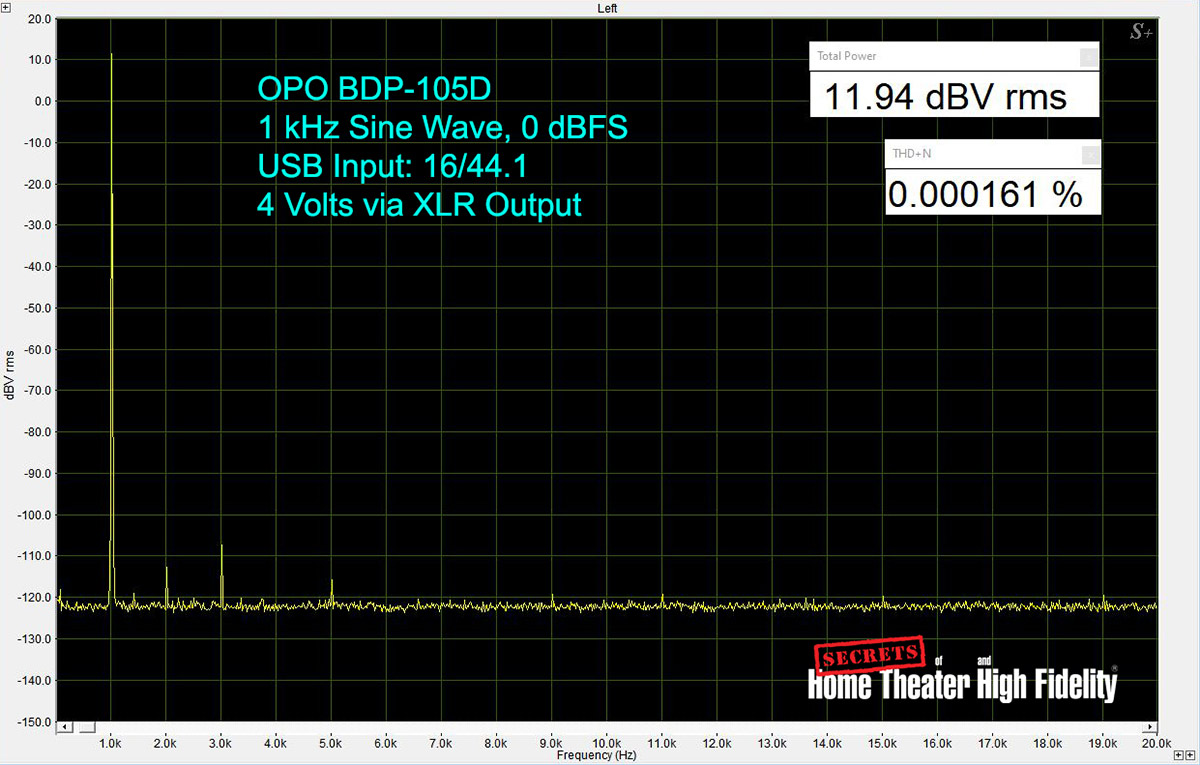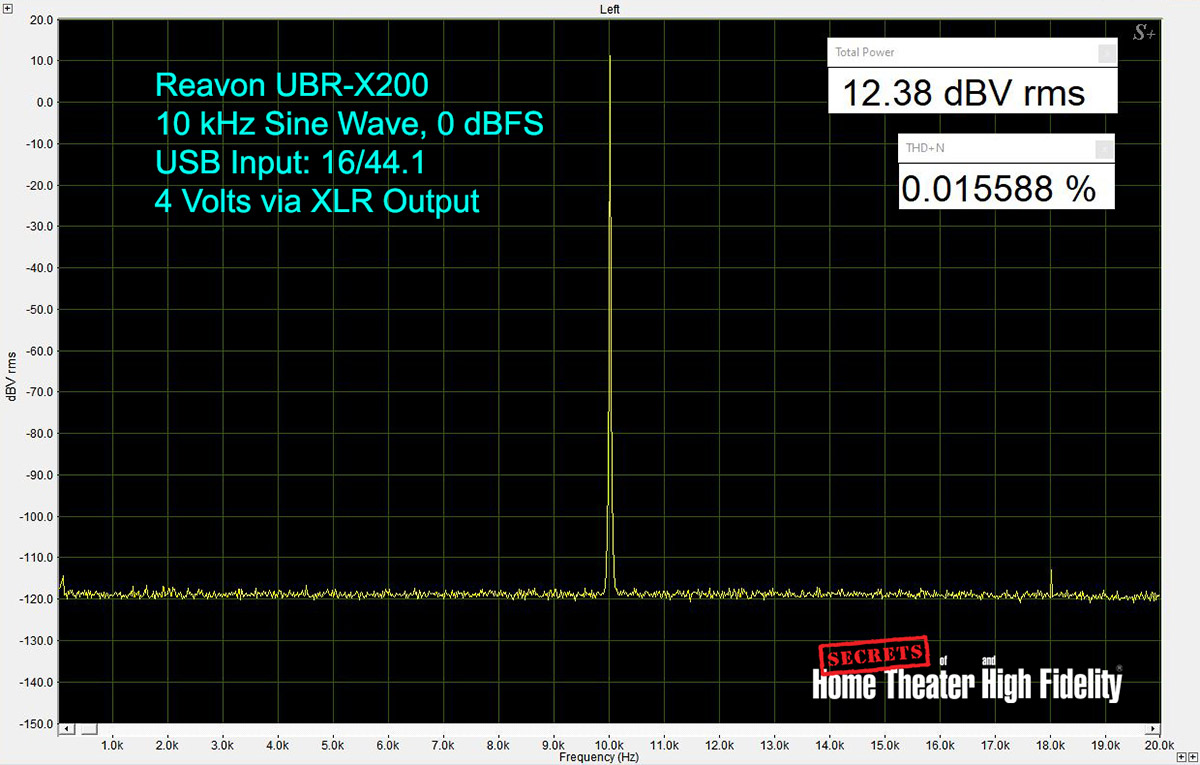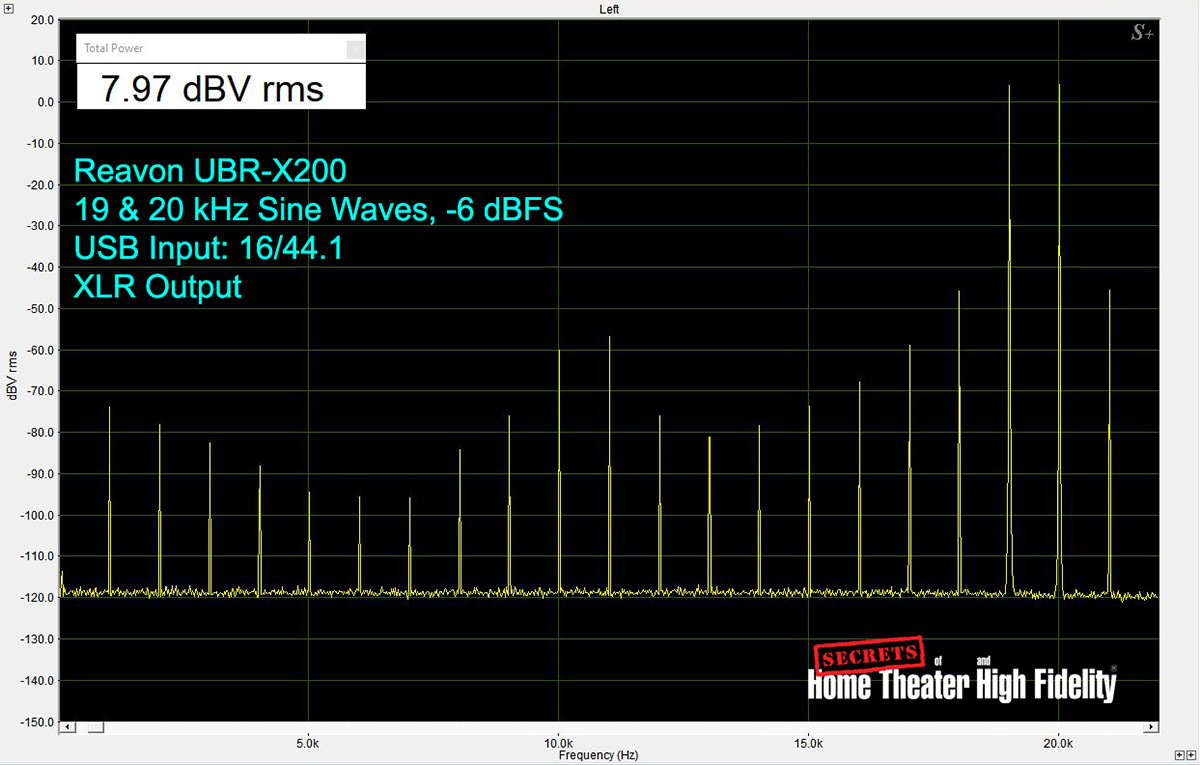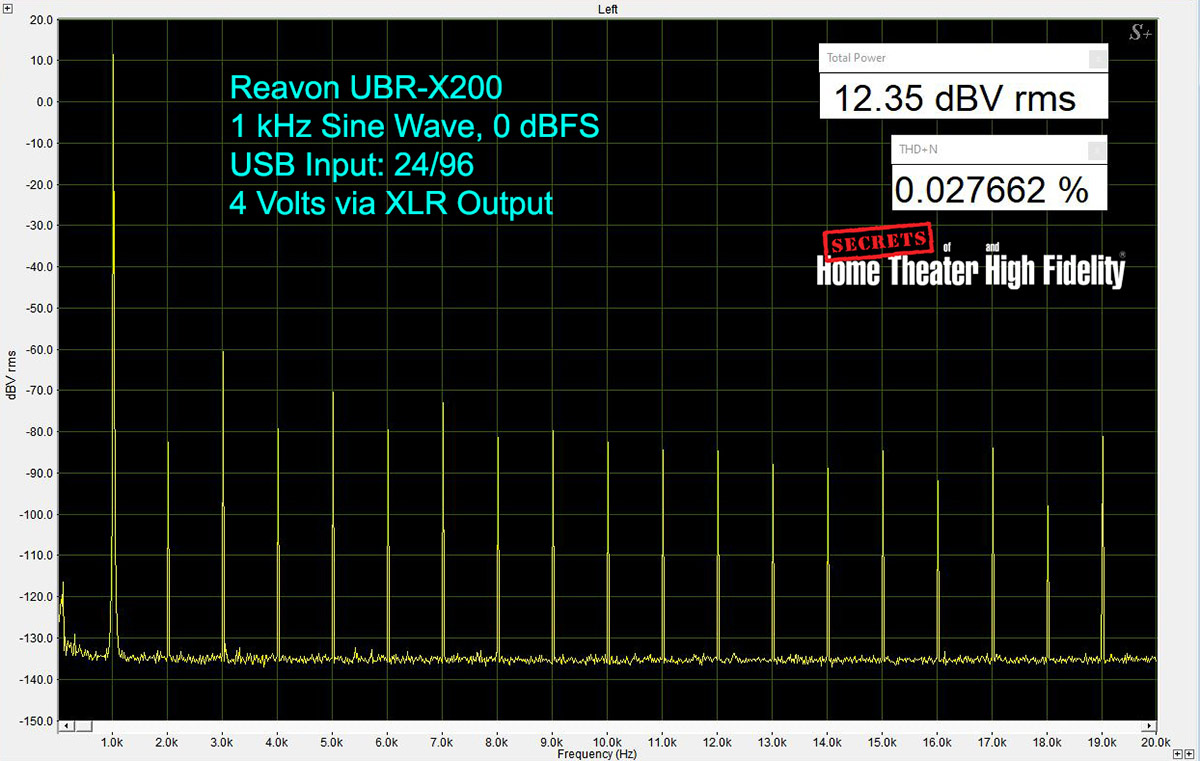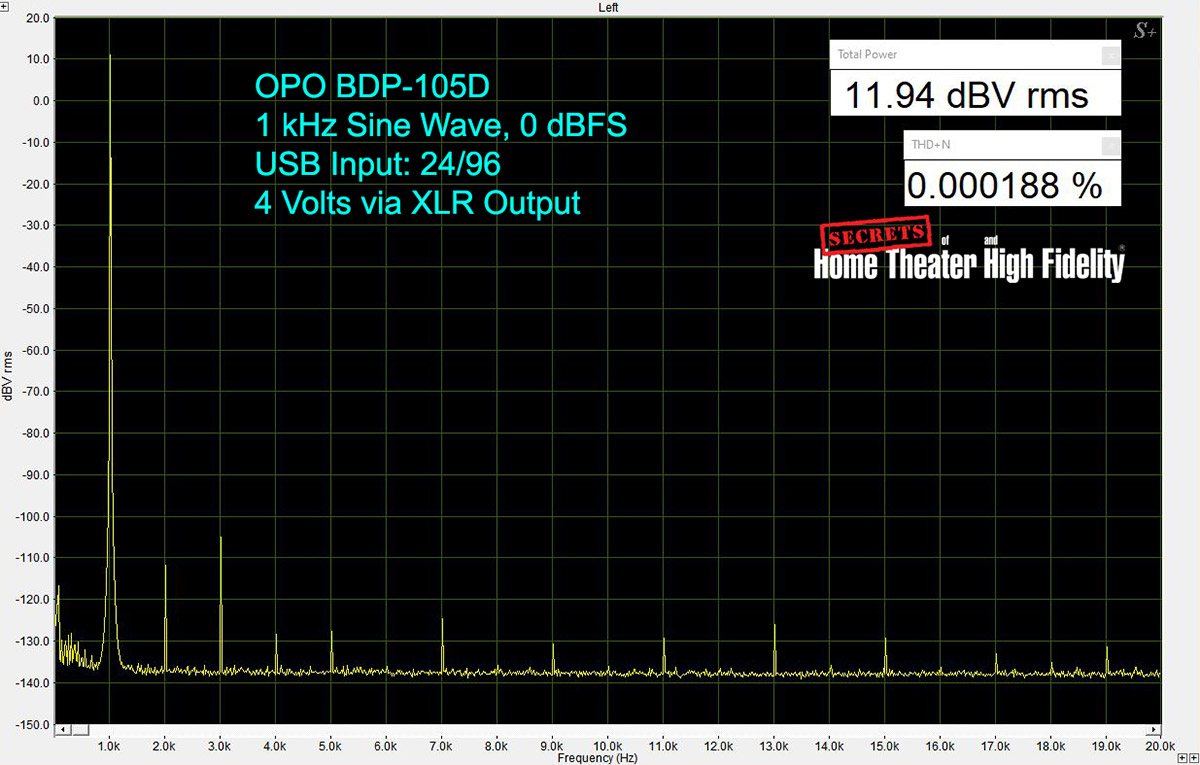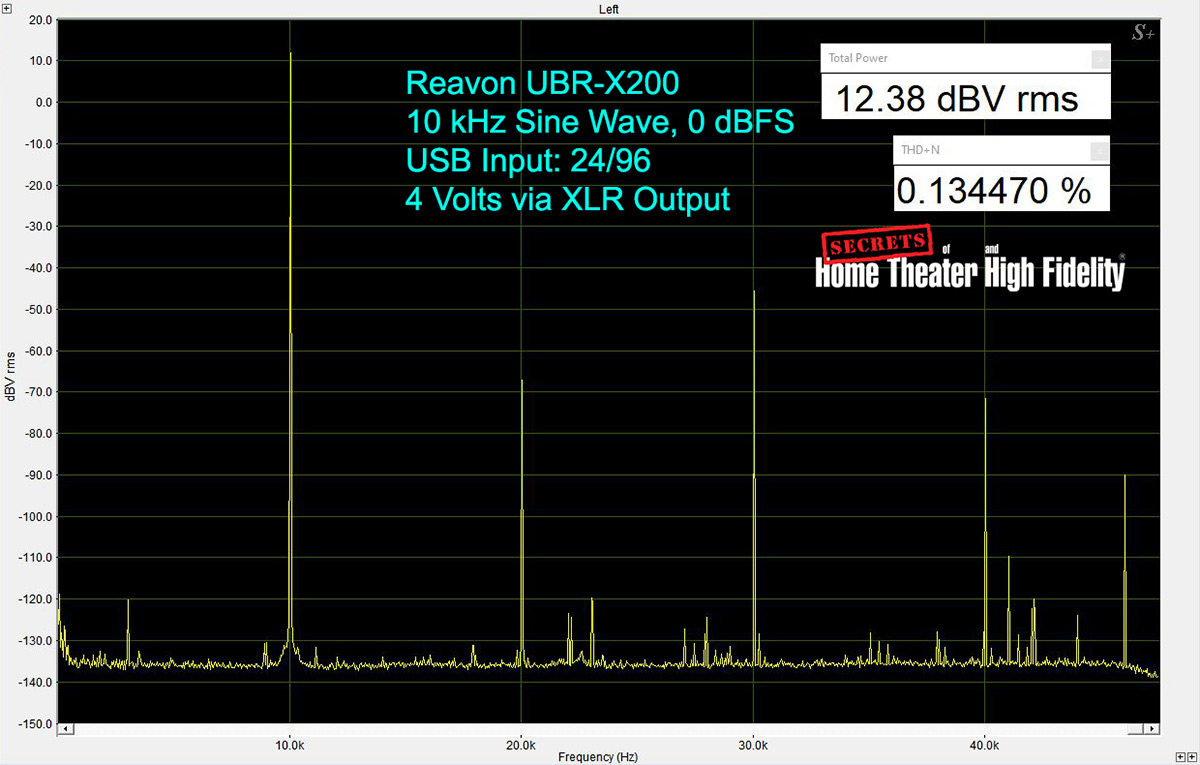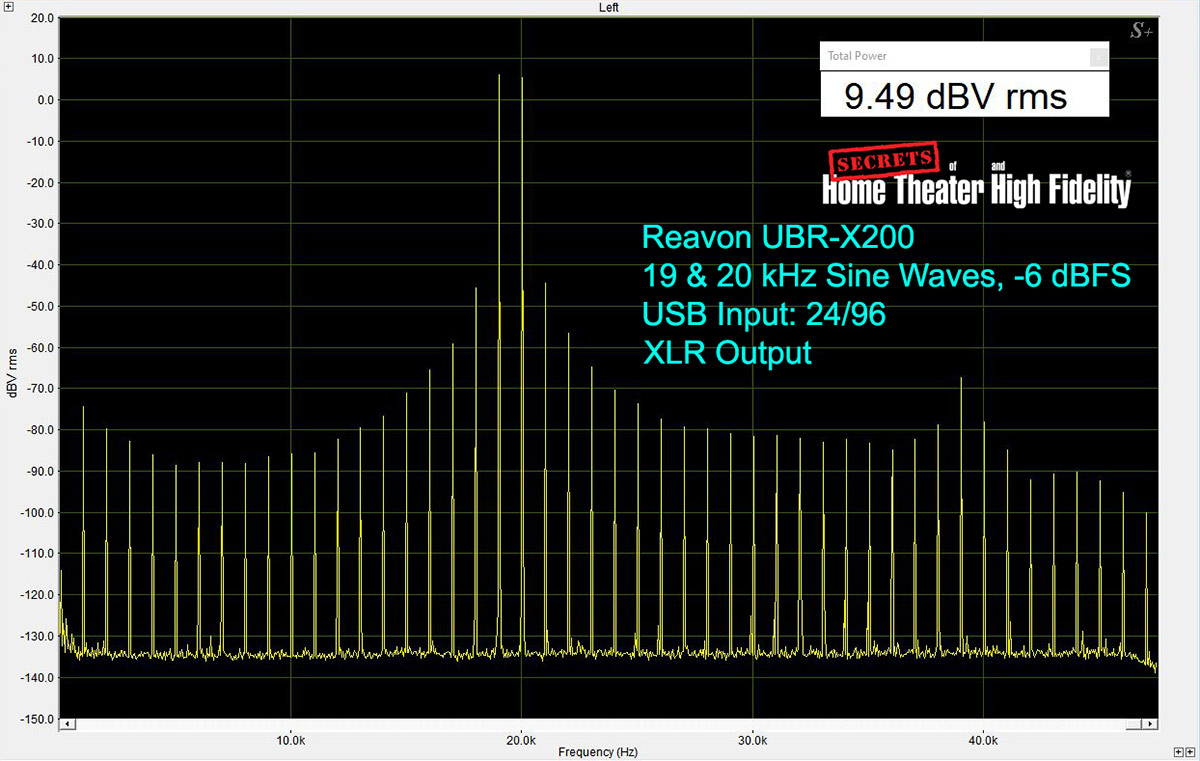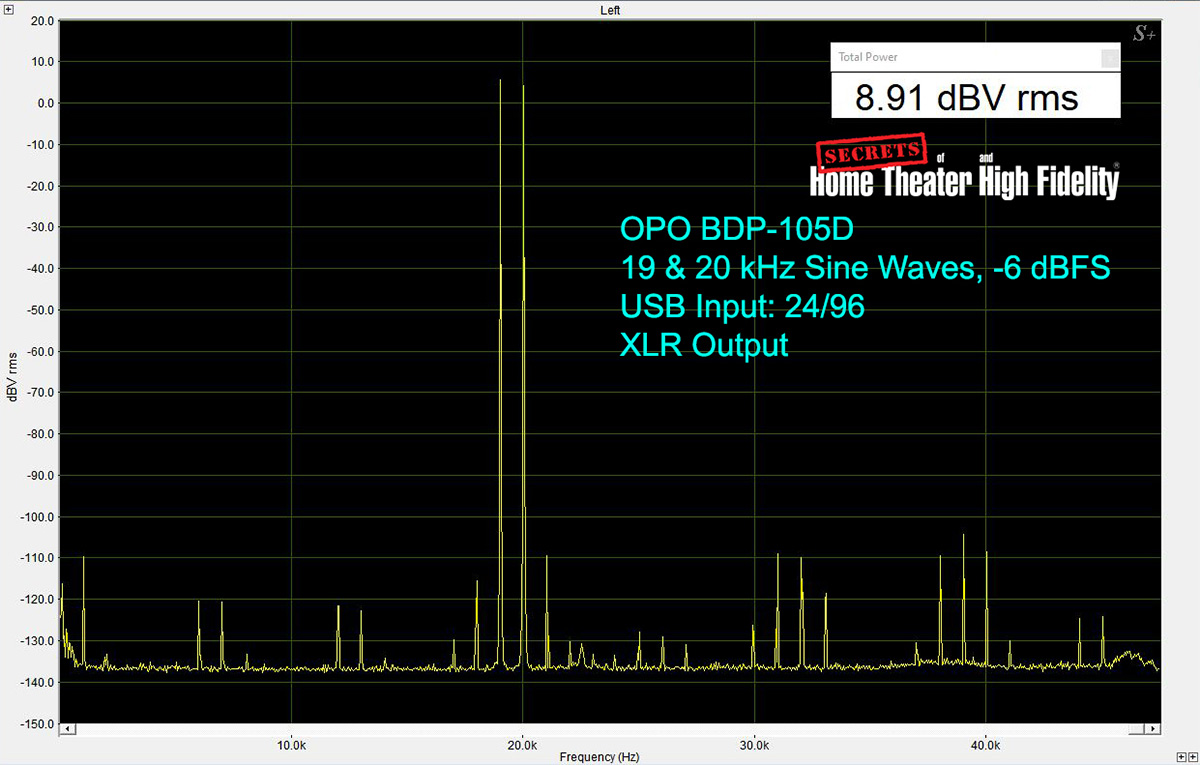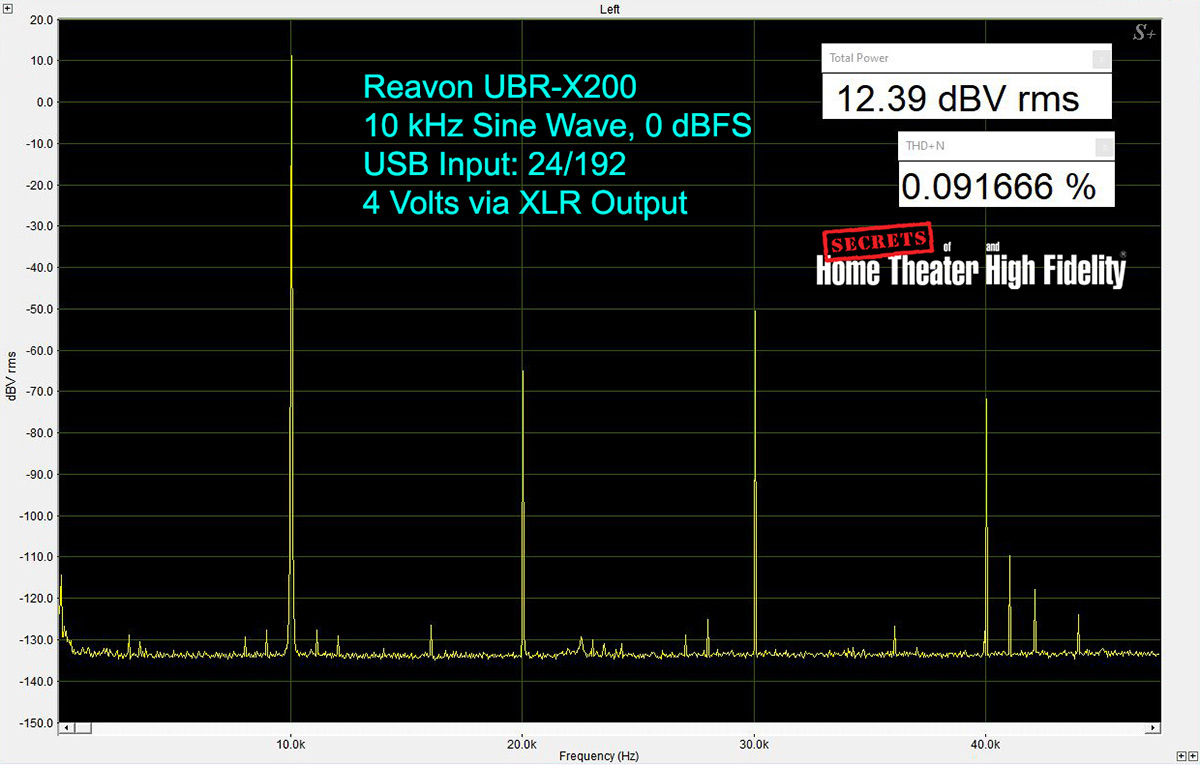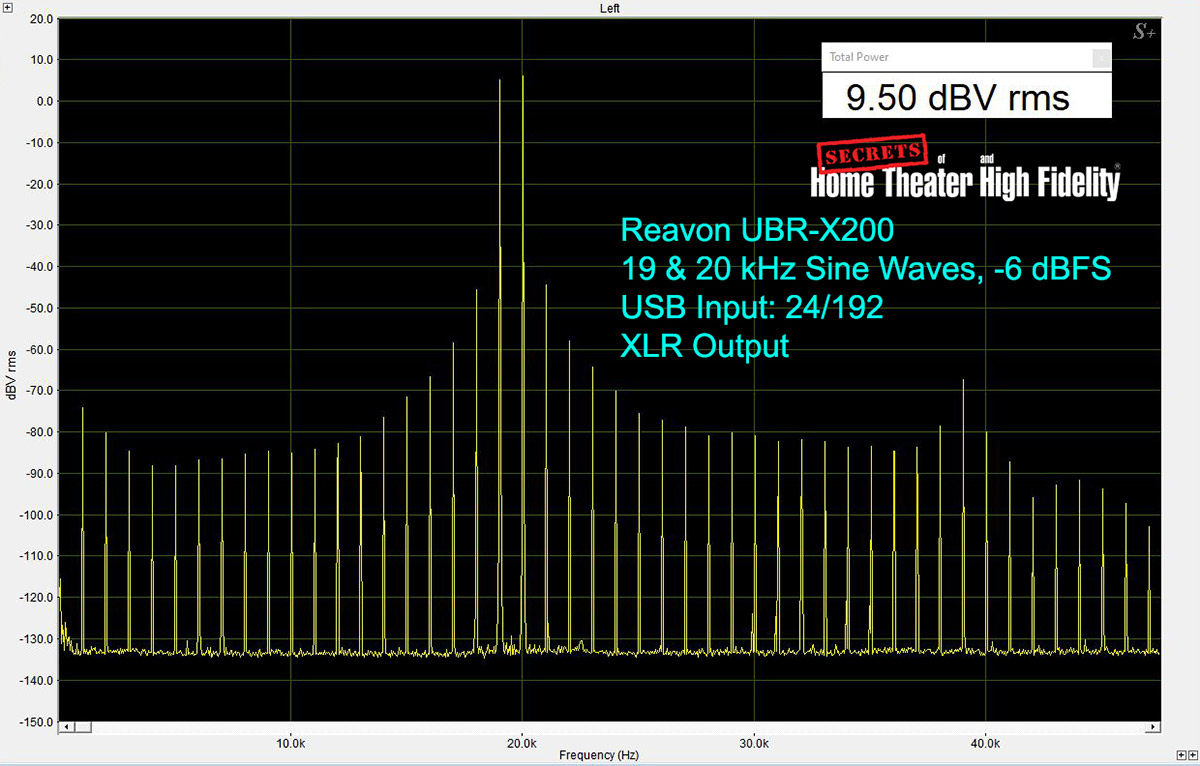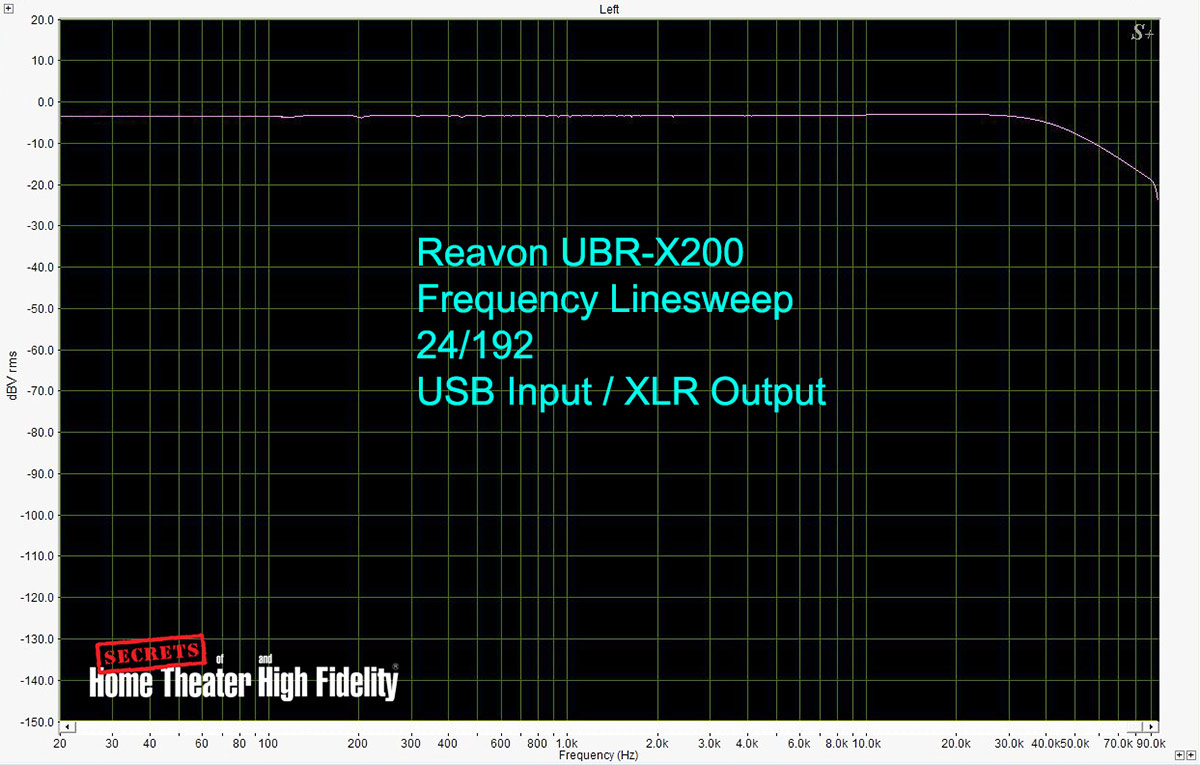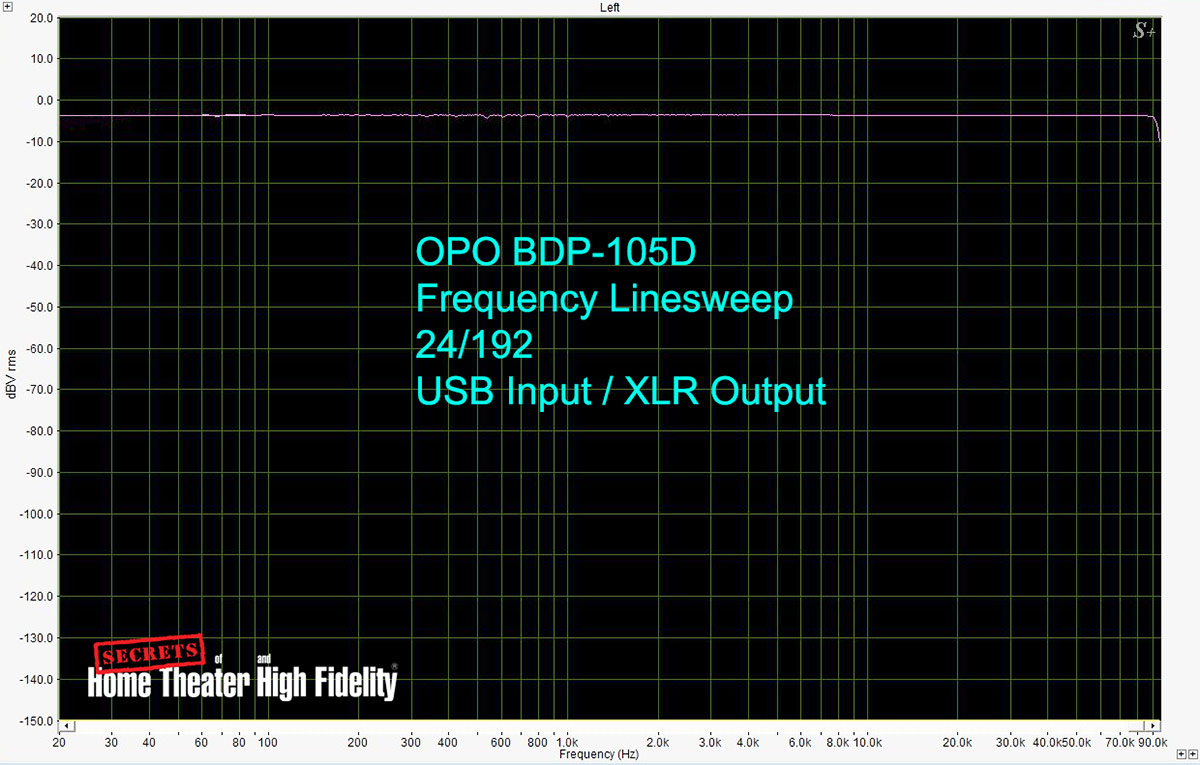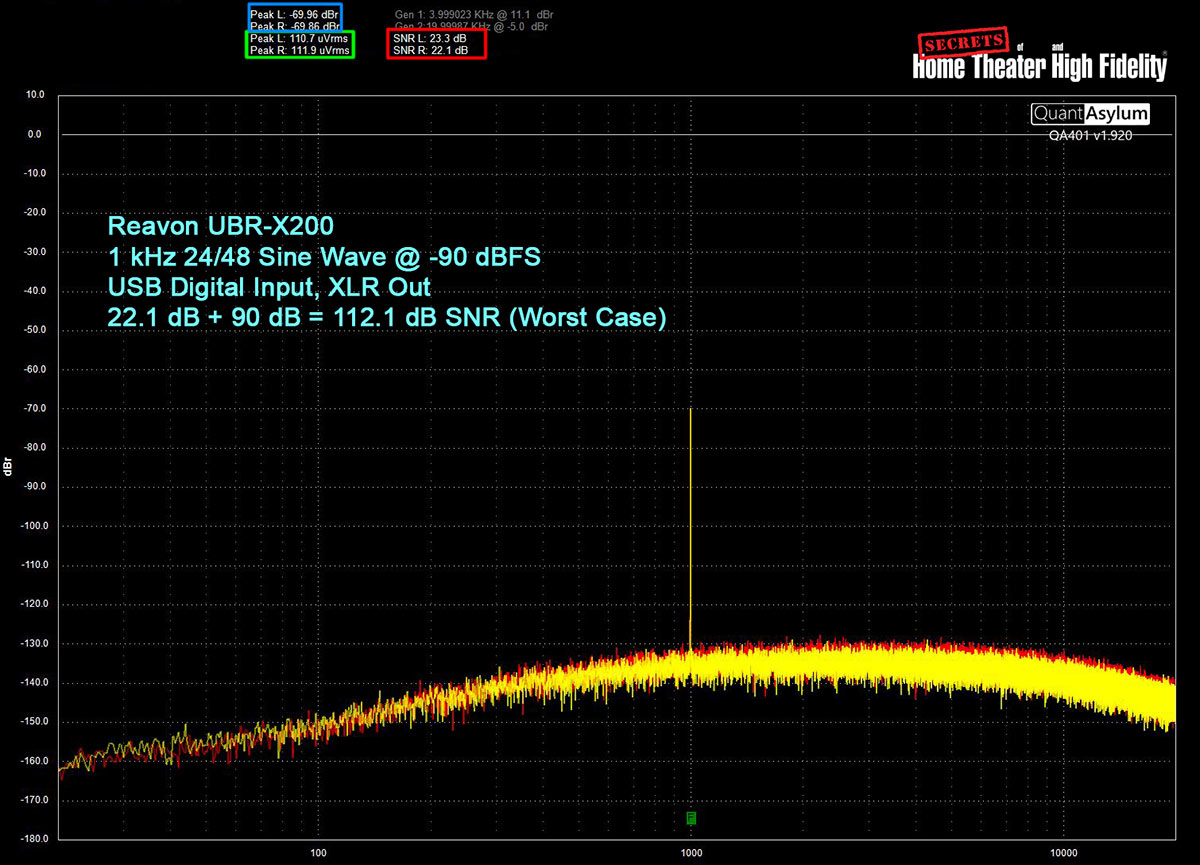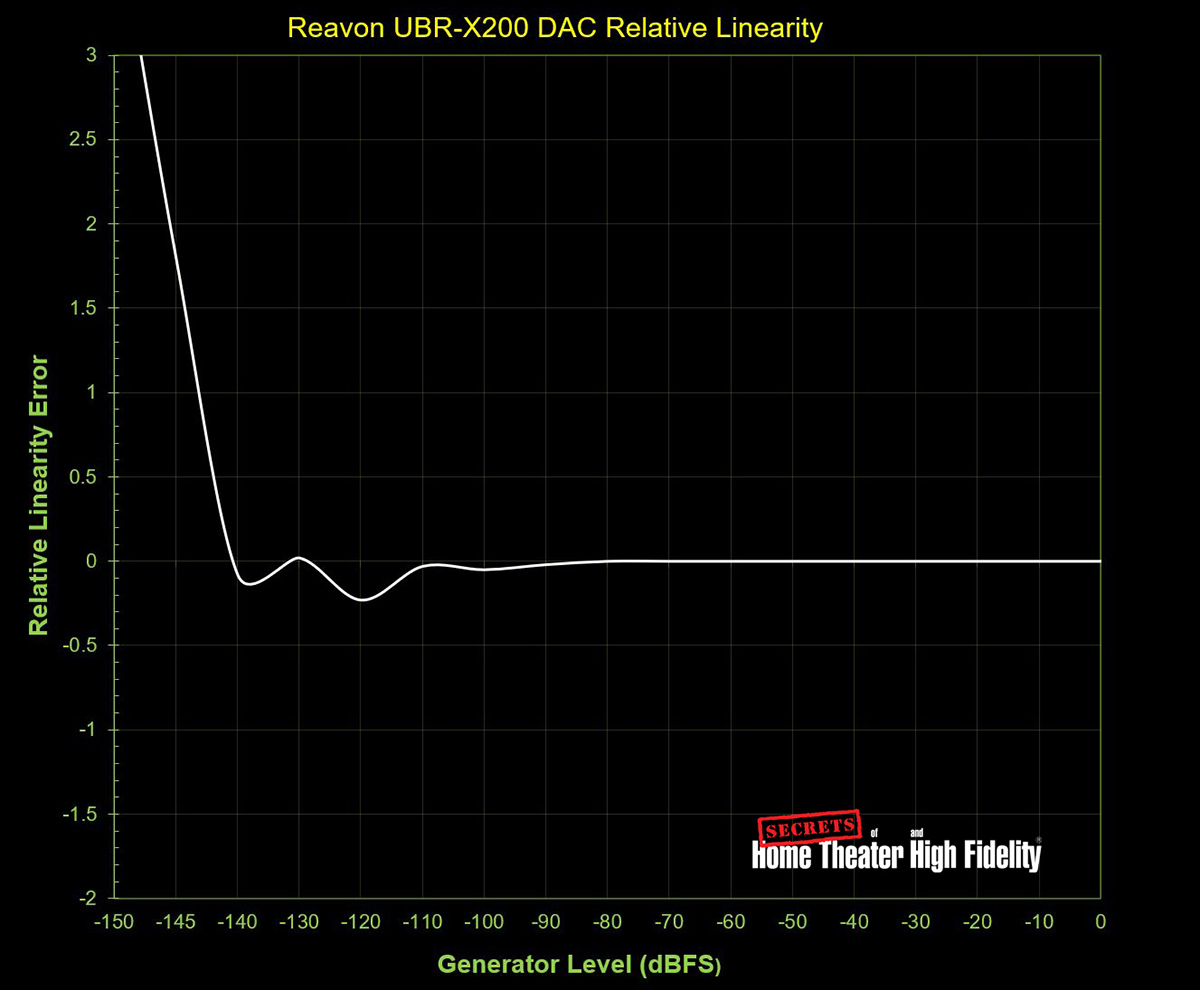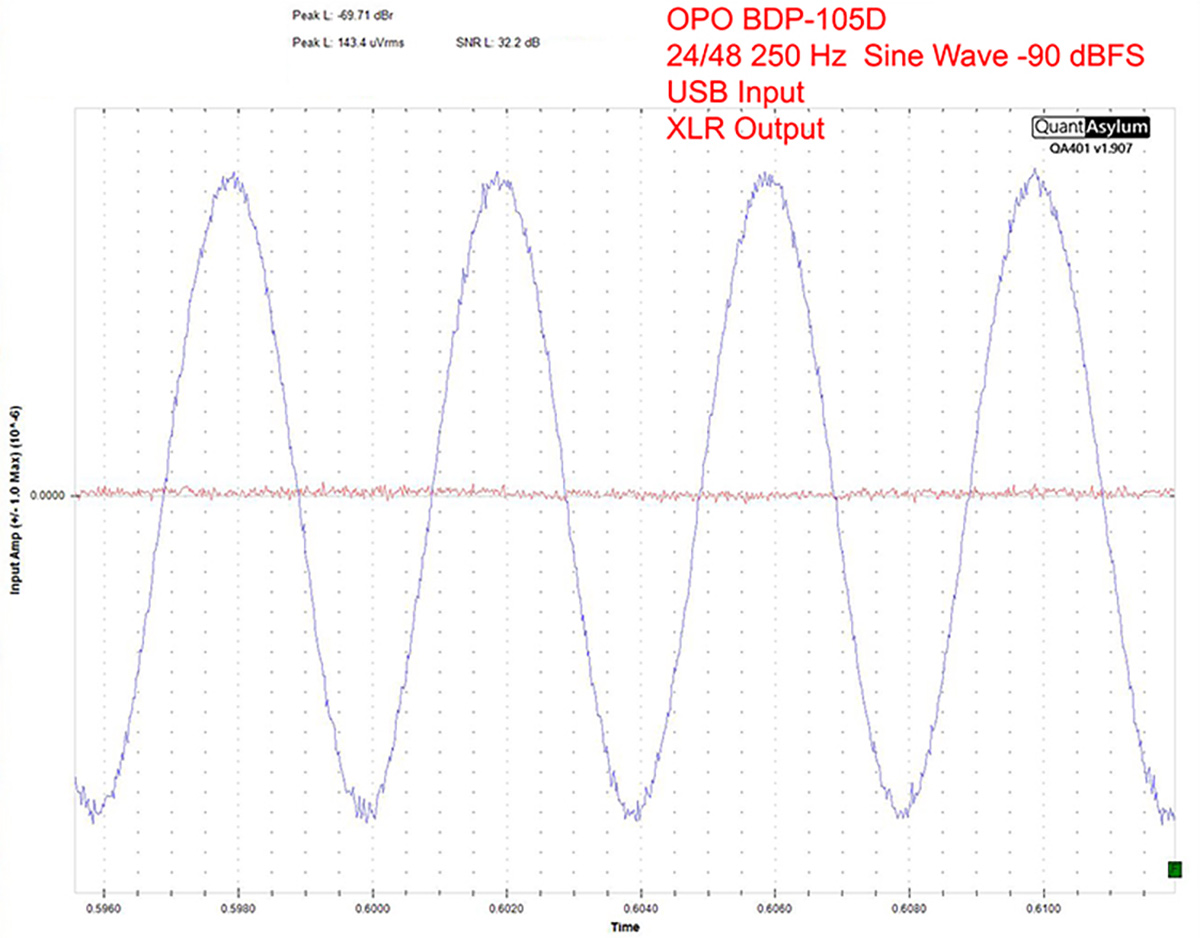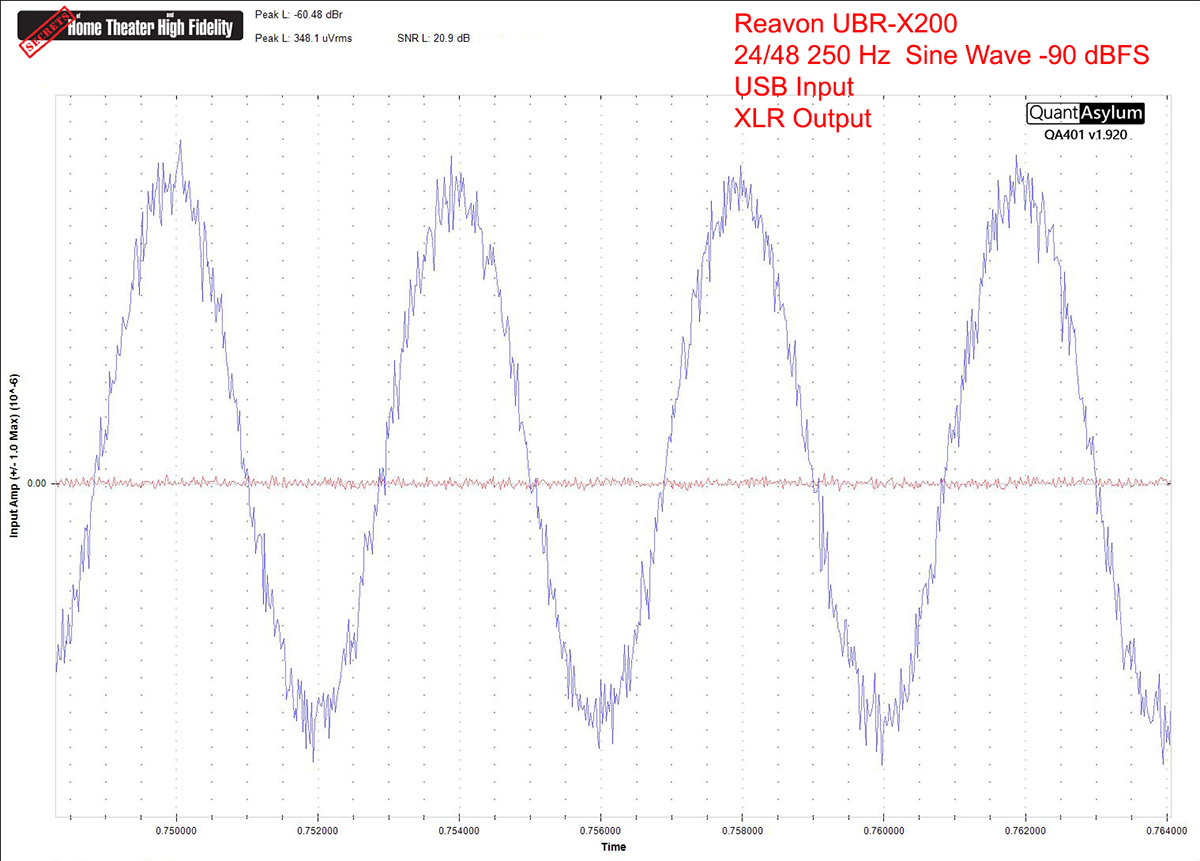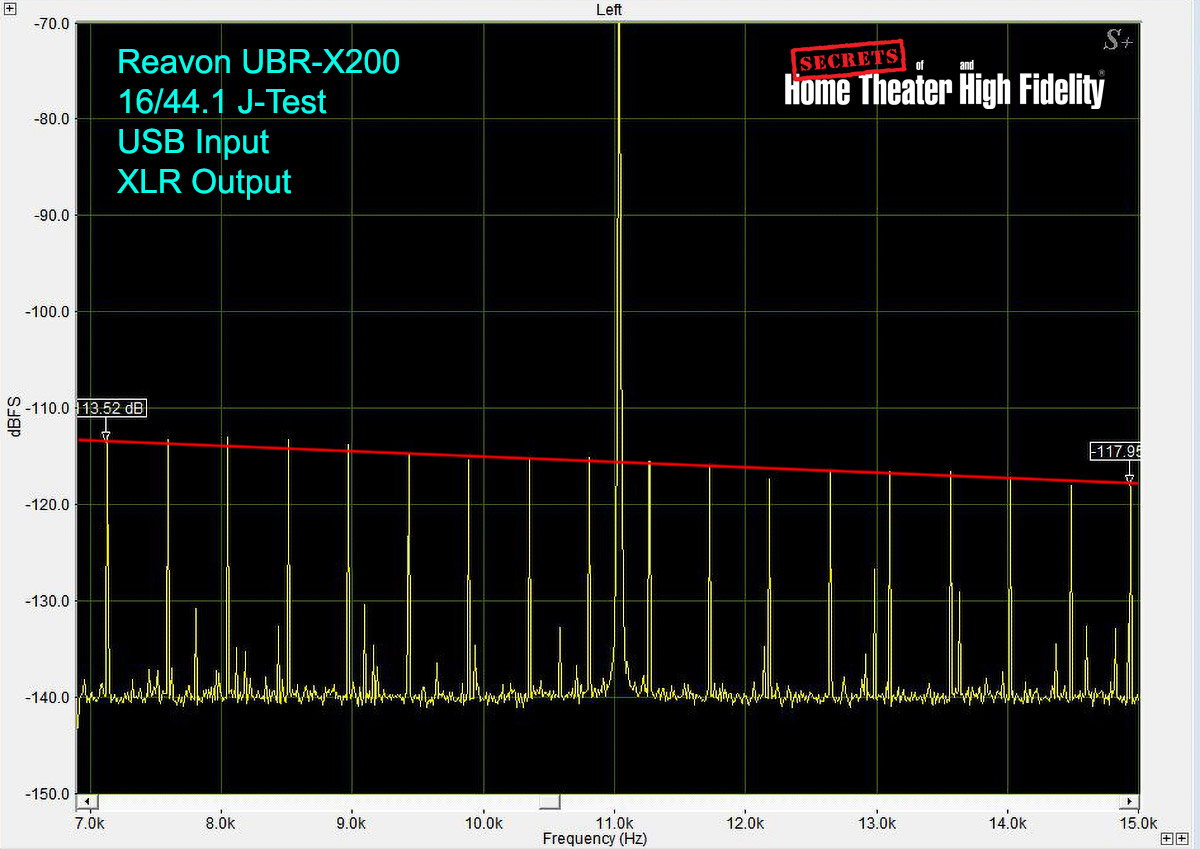Oppo had popularized a universal player that could give you playback of DVDs, Blu-Ray discs, 4K UHD discs, as well as DVD Audio, SACD discs, regular CDs, and more.
I kept waiting for someone to pick up the gauntlet. Pioneer tried for a while, and Panasonic has some nice players, but they were far from universal players. I predicted Panasonic would never license SACD from Sony, and that turned out to be the case. The Panasonic players have excellent audio and video from movie discs, but they are decidedly not universal players.
And while Sony offers a few players that will let you play SACDs, they aren’t what I would call high-end players in terms of specs or build quality.
Imagine my surprise when suddenly, there was a new kid on the block. It’s called the Reavon UBR-X200. It’s from a French Company, Archisoft, which was also responsible for the highly praised-in-these-pages Zappiti video streamers. Zappiti is now its own company and is now independent of Archisoft. Reavon is still an Archisoft company.
Reavon makes three nicely designed players, the UBR-X100, the UBR-X110, and the UBR-X200, the subject of this review. It’s the UBR-X200 that holds the most interest for me, and I think most home theater and high-end audio fans will agree. It’s similar in specs to the much loved and now missed Oppo UDP-203 and UPD-205. It spins almost any disc as noted above and does it with generally similar specs as the Oppo Digital players.
Reavon UBR-X200 Universal Disc Player
- Video playback is first-rate when upscaling a DVD, playing a high-quality Blu-ray disc, or a 4K UHD presentation with HDR
- Operation is smooth and reasonably speedy. I’ve seen startup and eject times that are faster and slower from other players
- The Reavon UBR-X200 stands almost alone with its ability to play audio discs of pretty much every format; The Sony UBP-X800M2 is the only other player that does the same
- On the video side, it supports HDR10 and Dolby Vision; It doesn’t support HDR10+ which Samsung is touting
- It plays 3D discs, a feature beginning to drop off newer players
- There’s no Wi-Fi, just regular ethernet connections; I consider that a needless shortcoming
- The UBR-X200 sports a Mediatek MTK8581 chipset, the same as the Oppo UDP-203; I consider that a positive
- The red standby light is excessively bright; It’s a distraction if the player is not in a cabinet; It’s about 5X as bright as the standby light on my Oppo player and brighter than any standby light on any component I’ve seen or owned
- The disc tray is plastic; It seems like it will hold up, but I’d prefer metal
I have spent a good deal of time with the UBR-X200, both on the video and audio side, and have come away impressed. It’s not a feature for feature clone of the Oppo, but it aims high and comes close in most areas and betters it in others. The video is pristine. The audio, using the analog outputs seems equal to the higher-end UDP-Oppo 205, and that’s a compliment. I have quibbles with some features that were left off, but some of these things can be updated via firmware. Some can’t.
For many home theater and audio purists, the Reavon UBR-X200 is going to be like an answer to a prayer. In a world of streaming, compression, and bandwidth-limited content, it’s easy to feel the quality ground giving way beneath our feet. When Oppo decided to stop producing universal disc players, it was another blow, and none of the other hardware player manufacturers were anxious to jump in to fill the gap. Now Reavon has done that with a player clearly designed to emulate the Oppo universal players, more specifically the Oppo UDP 203 and the higher-end UPD 205. The three Reavon players didn’t follow the mold exactly. Their least expensive player, the UBR-X100 isn’t really a universal player since it doesn’t playback SACD or DVD-A, while the middle player, the UBR-X110 does. The Oppo UDP 203 sold for $549 with universal disc playback, while the UBR-X100 lists for a bit more, $799 without SACD, DVD-A, or DTS audio disc playback. The newer UBR-X110 will cost you $999 in order to get universal disc functionality.
The UBR-X200 lists for $1699, while the unavailable Oppo UDP 205 listed at $1249. If you can find a used one on the market, however, they are going to sell for far more than either Reavon player. I would put the Reavon UBR-X200 as roughly equal to the Oppo UDP-205 in audio and video quality.
Since this player is from the same parent company that brought Zappiti streaming players to the market, I find the Reavon even more interesting. I have 3 network-connected Zappiti units in my home, playing movies off a server. It’s a very reliable system and has served me exceedingly well. I hoped to see the same from the Reavon. (My review of the Zappiti player can be found here.)
Universal disc player:
Ultra HD Blu-ray, Blu-ray, Blu-ray 3D, DVD, DVD-Audio SACD, CD
Multimedia playback:
MKV, FLAC, DSD, AIFF, JPG
Technical Specifications
Mediatek MT8581 SoC
Quad-core ARM Cortex-A53 CPU cluster
General Specifications
Power:
AC 220-240 V, 50/60 Hz
Power Consumption:
42 W
Power Consumption During Standby:
0.45 W
Dimensions (W x H x D):
430 x 85 x 300 mm
Weight:
6.8 Kg / 15 lbs.
MSRP:
$1699
Video Features
4K Scaling:
Enhance the home cinema experience by quadrupling Full HD 1080p resolution with 4K (3840 x 2160) upscaling of all video sources
True 24p Cinema:
Many Blu-ray and 4K Ultra HD Blu-ray discs are encoded at 24 frames per second, the same frequency as the original film screened in theaters; The UBR-X200 maintains the original 24-fps rate straight through to the screen with progressive scanning
Audio Features
2-Channel DAC:
32-Bit Resolution
Analog Performance
Dynamic Range:
123 dB
THD+N:
0.0005%
Differential Current Output:
3.9 mApp
8x Oversampling Digital Filter
Stop-Band Attenuation:
–98 dB
Passband Ripple:
0.0002 dB
Sampling Frequency:
10 kHz to 200 kHz
System Clock:
128, 192, 256, 384, 512, or 768 fS With Autodetect
High Performance:
Differential, fS = 48 kHz
THD+N:
–94 dB
SNR:
113 dB
Dynamic Range:
113 dB
Sampling Rate:
8 kHz to 192 kHz
System Clock:
128 fS, 192 fS, 256 fS, 384 fS, 512 fS, 768 fS, 1152 fS
Differential Voltage Output:
8 Vpp
4x/8x Oversampling Digital Filter
Passband Ripple:
0.0018 dB
Stop Band Attenuation:
–75 dB
Data Length:
16, 20, 24, 32 Bits
Music File Playback:
FLAC (2.0/5.1), M4A, AIF, AIFF, DSF (2.0/5.1), DFF (2.0/5.1), MP3, OGG, APE
Home Theater Audio:
Dolby Digital, Dolby Digital Plus, Dolby TrueHD, Dolby Atmos, DTS, DTS-HD MA, DTS-HD HRA, DTS:X
I/O
Website:
SECRETS Tags:
Reavon UBR-X200, Blu-ray player, 4K UHD player, Universal disc player, SACD, DTS audio, DVD Audio
The Reavon UBR-X200 looks like a solid player. It’s rigidly constructed, yet with its black color and subdued lighting (except for one exception noted above), it’s not going to distract and should fit in with most d cor. Like most modern players, it supports Blu-ray disc playback as well as 4K UHD movies. HDR10 and Dolby Vision are supported.
Texas Instruments Burr-Brown Audio PCM1690 Series DACs are used to provide audiophile sound. Other features include SDR/HDR Preset Mode, Direct/Transport Function, SACD / DSD compatibility, multi-channel audio analog capability, and XLR balanced output terminals. In addition, there are two HDMI outputs, one designed for audio and video connections, and an extra HDMI out for separate audio connections. It’s a feature Oppo included with their players as well. In addition, like Oppo, the player features analog 7.1 outputs.
Besides the universal disc support, the Reavon can play video, audio, and even graphic files such as FLAC, AIFF, DFF, DSF, JPG, TIFF, MKV, and M2TS. The UBR-X200 can also play your audio and video contents from an external drive via USB or over a network via DLNA. The back panel is very complete. There are the 2 HDMI ports mentioned above, as well as a digital coax out, a digital optical out, front, and back USB ports, Ethernet, and RS232C, analog stereo out, supporting RCA and XLR balanced connections, and 5.1 and 7.1 analog outs (RCA).
With the wide range of audio and video formats supported, and with substantial I/O, most people will find the player is beyond their needs. That’s not meant as a criticism, because requirements in any system can grow, and most users want their equipment to keep up.
The Reavon includes an illuminated remote control, and I found my Harmony Remote setup recognized the Reavon player, although not all functions were supported. They are easy to add manually, however.
The Reavon came in a stiff shipping carton with no external damage. The player was well wrapped and protected from damage. A separate box includes the heavy-duty power cord, and there is the remote, with included batteries.
Setting the player up will not be an issue for most of our readers. Plug it into AC, connect either one or both HDMI terminals, or use the provided analog RCA outs or the digital outs. The digital outs will not pass surround, so they are best used for stereo playing from files.
There is a network connector but no built-in Wi-Fi which is disappointing. The player will get an occasional firmware update, and while they can be installed by downloading the update from the Reavon site and putting it on a USB stick, it’s much more convenient to download directly. You can do it via the Ethernet port, but without Wi-Fi capability that’s going to add a little needless hassle for some buyers.
There are a variety of on-screen displays. They are like what Oppo owners are used to and look like setup screens on other high-quality players.
In addition to the playing disc’s details, you can easily check mastering information such as MaxFALL (Maximum Frame Average Light Level) and MaxCLL (Maximum Content Light Level) available on some HDR content, as well as HDR and HDMI output information.
It’s well organized and easy to read.
The Reavon XBR-X200 was a pleasure to use, and I saw no glitches or issues that gave me pause. It has a full-featured backlit remote which gives you control of every aspect of the player.
I tried a variety of movies, including Blu-ray Discs, 4K UHD discs with both HDR10 and Dolby Vision. I also tried a couple of 3D movies which displayed with no issues. My testing involved a 55” LG OLED display that supports HDR10 and Dolby Vision, and a Sony VPL-VW285ES Projector. It does HDR, but like most projectors, can’t render Dolby Vision.
I switched back and forth between my Oppo 203 and the Reavon and could see no difference in video quality. Since I still consider the Oppo the state of the art in video players, that’s praise indeed.
I tried some legacy audio formats on the Reavon, including DVD-Audio discs, some recent SACDs (which I am beginning to call a legacy format, sadly), and even a DTS Audio surround disc. They all sounded fine and rendered properly. Collectors of these formats will be thrilled.
Multi-channel SACD’s played back accurately and gave compelling listens, and I checked that the normal CD layer sounded OK, which they did on the 9 discs I auditioned. I split my listening between the analog outputs of the player and the HDMI audio output. Differences were subtle, and I doubt if I could have perceived a difference in a blind AB test. The output sound will be somewhat dependent on the analog and digital front end of your pre-amp processor or your receiver.
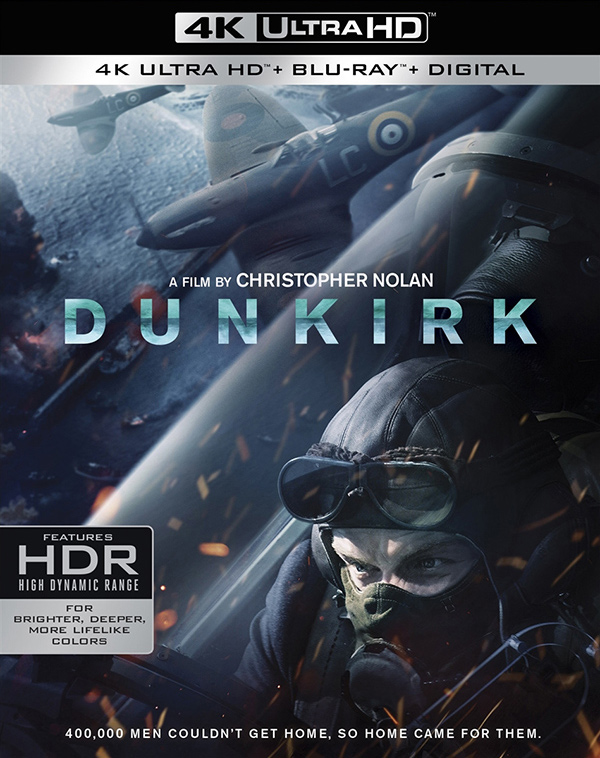
Dunkirk
A wonderful 4K disc, with stunning HDR10 encoding and a gripping 5.1 surround soundtrack. Christopher Nolan’s groundbreaking production loses no impact on the Reavon player and even with a couple of re-watchings the movie still holds its power. I could see or hear no differences between playback on my beloved Oppo 203 and the Reavon UBR-X200.
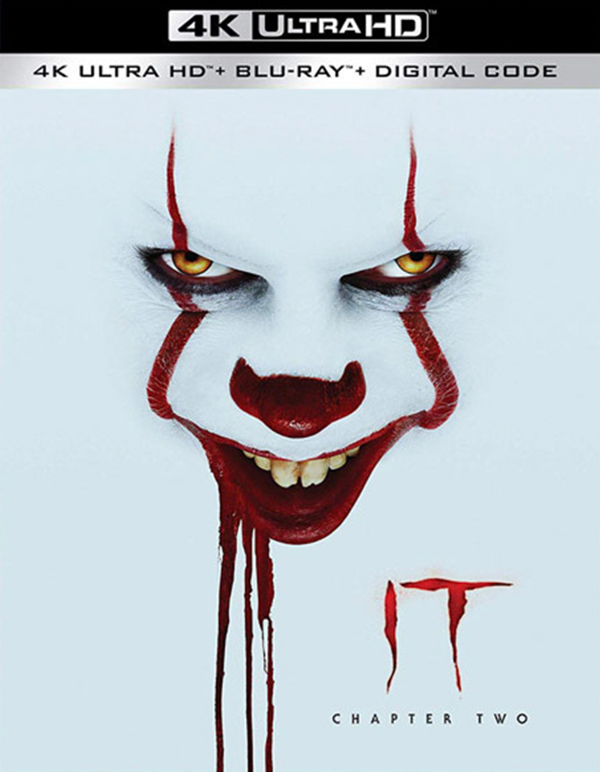
IT Chapter Two
I can’t think of a better demo disc to show off a player and home theater system. If you’ve streamed this movie, I can guarantee you there’s no comparison to the 4K UHD disc. It’s a runaway success with Dolby Vision, Dolby Atmos audio or TrueHD 7.1. On my OLED with Dolby Vision or my Sony projector in HDR10 it’s just a knockout.
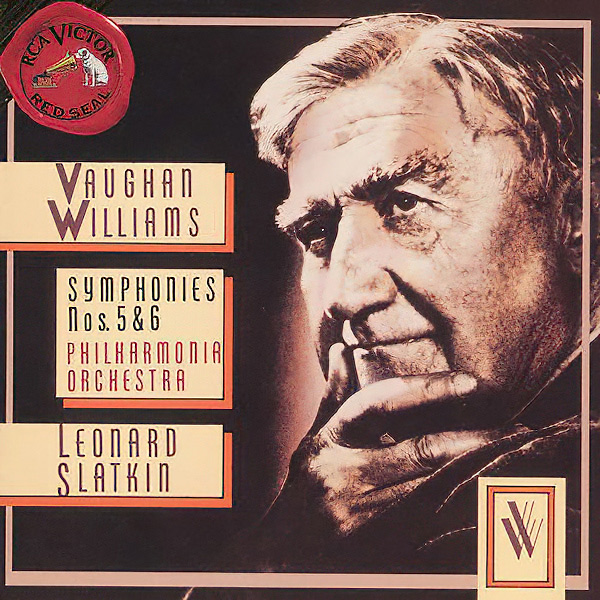
Vaughan Williams “Symphony #5”
Leonard Slatkin and the Philharmonia on RCA. This is a riveting 2-channel CD, but it’s a terrific recording and performance. Either through the analog outputs, or the HDMI outputs, this is a great sonic performance beautifully rendered by the Reavon.
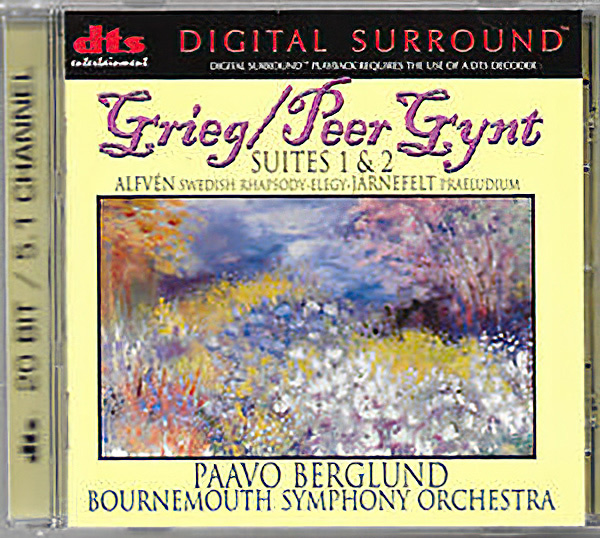
Grieg/Peer Gynt Suite
This is a legacy DTS Audio 20-bit 5.1 surround disc. I don’t think it matches a modern SACD or high-resolution FLAC playback, but it is very listenable with good (if not exaggerated) surround. There aren’t many devices that can handle a DTS Audio disc. The Reavon sails through the presentation with no clicks or pops.
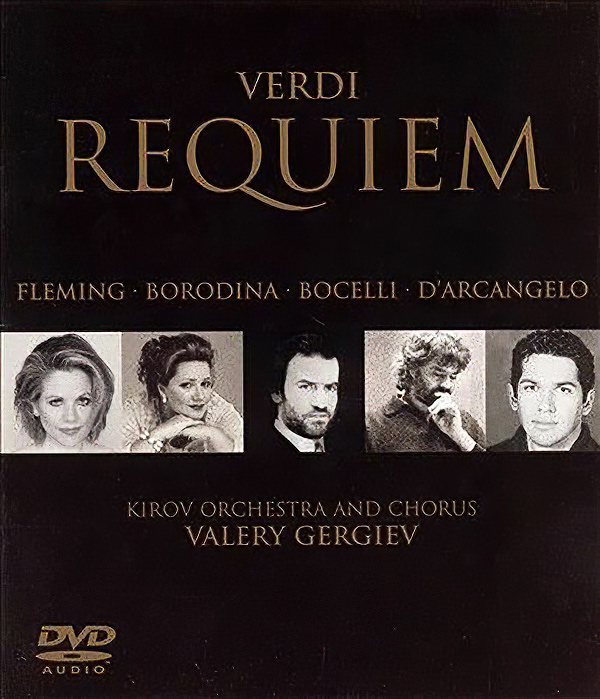
Verdi Requiem
A natural disc for surround, with a large chorus and orchestra. This is an old DVD-Audio disc I had on hand, manufactured by Phillips with the Kirov Orchestra and Chorus. It’s not the best Verdi Requiem I’ve heard, but it’s a good recording and has plenty of excitement. Again, you’ll be hard pressed to find a player that will handle this format, and if you have a lot of these almost forgotten formats, you can rest assured the Reavon will play them.

James MacMillan “Alpha and Omega: Choral Music”
A recent hybrid multi-channel disc from Linn. It’s a stunner. The music and the performance are first rate. I compared playback between the Oppo and the Reavon and could not detect a difference.

Safety Not Guaranteed
A heartwarming romance and time travel movie from 2012. The Blu-ray looks just fine on the UBR-X200, again, no difference watching it on the Oppo. The 5.1 surround tracks were clear and precise, listening via HDMI or analog out.
Reavon was kind enough to send me a separate unit for testing.
For THD and frequency response tests I used my Lynx 2B professional soundcard teamed with SpectraPLUS measurement software. For sine wave analysis along with SNR measurements, I used the QuantAsylum QA401 analyzer and its associated software.
When measured with a voltmeter the following values were observed at the outputs when a 1 kHz, 0 dB test tone was applied: 1.98 Volts at the RCA outputs and 3.97 Volts at the XLR outputs. This was with the UBR-X200 digital volume set to maximum. Secondary HDMI Audio was turned off.
Measurement test tones were loaded onto a USB thumb drive inserted into the front USB jack and played through the UBR-X200 menu system. I cross-checked the USB results with test tones burned to a DVD disk and the results were as near as to be identical.
The player’s stereo DAC chipset consists of 2 Texas Instrument/Burr-Brown PCM-1795 chips (one per channel) that output to both the balanced and unbalanced outputs. A separate Texas Instrument/Burr-Brown PCM-1690 8-channel DAC chip attends to the 7.1 channel unbalanced analog outputs. The following measurements relate to the stereo analog outputs of the Reavon UBR-X200.
Here we have the first of the 16-bit 44.1 kHz tests. Beginning with a 1 kHz test tone at 0 dBFS gives us a reported THD+N of just under 0.0513%. This was using the RCA outputs and at 2 VRMS, and we see several harmonic spurs throughout the spectrum along with some ground noise. The 2nd order harmonic is 84 dB below the fundamental while the 3rd order harmonic is 68 dB below the fundamental. These and several other harmonics will be audible to one degree or another.
Repeating the same test using the XLR outputs at 4VRMS gives us a THD+N of 0.0276% along with better ground noise rejection. Unfortunately, the harmonic spur makeup of the spectrum remains largely the same as with the unbalanced measurement. This is unusual and less than ideal for a disc player marketed with an elevated stereo analog capability.
For comparison, this is the same test conducted on the OPPO BDP-105D via its XLR outputs. Notice the almost complete lack of distortion spurs with the 2nd and 3rd harmonics appearing at 125 and 120 dB below the fundamental. THD+N registers at a minuscule 0.00016%.
The remainder of the measurements were taken from the balanced XLR outputs.
A 16/44 10 kHz sine wave at 0 dB produces a THD + N of 0.0156% and a very clean spectrum.
The 19 and 20 kHz test tones at -6 dBFS produce poor results with 2 major sidebands, both being over only 52 dB below the fundamental tones. Several other harmonic and distortion spurs appear throughout the spectrum at elevated levels.
Moving to the 24-bit /96 kHz tests, a 1 kHz test tone at 0dBFS gives us a THD+N of 0.0277%. The 2nd and 3rd order harmonics register at 94 and 73 dB respectively below the fundamental tone. The spectrum looks almost identical to the 16-bit/44 kHz test with just a lower noise floor.
Here is the same test conducted on the OPPO BDP-105D. Much cleaner with far lower THD+N and all harmonic spurs are below the threshold of audibility.
A 10 kHz tone of the same bit depth, sampling, and output level shows a THD+N of just over 0.1345%. The second-order harmonic (20 kHz) checks in at 79 dB below the fundamental, with the third-order harmonic (30 kHz) coming in at 57 dB below.
The 19 and 20 kHz dual-tone test at 24-bit/96 kHz with a -6 dBFS level essentially mirrors the poor performance of the 16-bit/44 kHz measurement. The largest sidebands are at 53 and 52 dB below the fundamental.
Here is the same 19 and 20 kHz dual-tone test on the OPPO BDP-105D. Again, much cleaner spectra overall with distortion spurs and harmonics below the level of audibility.
Above are the same three series of tests but done at 24-bit/192 kHz. The results for them are almost the same as the 24-bit/96 kHz tests.
Here are the results for a frequency line sweep performed at 24-bit/192 kHz. The frequency response of the Reavon UBR-X200 is flat only out to about 30 kHz before it begins to gradually roll-off. It is down by 4 dB at 48 kHz and down by 17 dB at 96 kHz before dropping off.
The same frequency line sweep performed on the OPPO BDP-105D Digital shows a response that is flat out to about 90 kHz before dropping off.
SNR measurements were done using the QuantAsylum QA401 Analyzer. Using a -90 dB 1 kHz test signal, we determined the digital SNR (A-Weighted) of the Reavon UBR-X200 to be 112 dB. Converted to bits that means the UBR-X200 can resolve 18-bits. On the top of the spectrum, you see the SNR of the UBR-X200 and then see the signal to noise of the left and right channels relative to the -90 dB tone (red box). We want the ratio of the full-scale signal to the noise, so we add 90 dB to get the final figure.
The above graph shows the relative line linearity performance of the UBR-X200. The PCM-1795 DAC architecture shows minimal amounts of deviation beginning at -100 dBFS in level. A larger deviation (-0.23 dB) occurs at -120 dBFS with the signal getting lost in the noise floor, beyond the level of -140dBFS.
This is a time-domain plot of a -90 dBFS 250 Hz sine wave applied to the OPPO BDP-105D on the left channel. It is included here as a reference. The self-noise of the QA401 spectrum analyzer in time-domain mode is shown on the right channel as it is grounded. While obviously not a perfectly smoothly rendered sine wave, it is still incredibly complete for such a low signal level. This is the best result we have gotten so far in this test from available equipment; hence it’s used as a reference point. The BDP-105D has a signal-to-noise ratio of 122 dB without weighting which is what is shown. It had 124 dB with A-weighting which we used in the SNR measurement. As with the SNR, what is displayed here is relative to the waveform’s amplitude of -90 dB so what is shown is 32 dB. The signal level is 143 uVRMS.
Here is the same plot for the Reavon UBR-X200. The amplitude of the signal is over twice at 348 uVRMS. You can see how the Reavon’s plot is more ragged even though it has a much higher signal level. Its SNR, relative to the -90 dB amplitude of the test tone, is lower at 21 dB.
The final spectrum is the Julian Dunn J-Test for jitter at a sampling rate of 44.1k samples/sec. The test is close to an 11 kHz tone at –3 dBFS down and is a small, low-frequency square wave that creates activity in the PCM data which makes it harder for the clock recovery circuit to produce a clock without some phase noise. I used a 16-bit test tone generated by REW introducing the square wave at an amplitude of the smallest level possible for 16-bit data which is called the least significant bit. An excellent explanation of the J-Test and the spurs the test produces can be found here (https://www.stereophile.com/content/case-jitters).
John Atkinson identifies the spur’s amplitude and frequency of the J-Test in absence of jitter. John then comes up with an innovative line to be placed on a spectrum of the analog output of a DAC box which is reproducing the J-Test. Any spur below the line is inherent in the test and not from the DAC box.
As can be seen, the jitter of the Reavon UBR-X200 is largely below the limits of the test. The large number of small residual spurs between the lines are most likely jitter spurs from the UBR-X200 and not the ADC we use to translate the signal back to digital to produce the spectrum.
The objective results of the analog stereo audio output of the Reavon UBR-X200 are not what one would expect from a “textbook” audio disc player. Distortion products and harmonic spurs are much higher than expected across the board, to the point that these artifacts would be audible in regular playback and “flavor” the sound. Whether this is by design or not I cannot say. The DAC chipsets used in this player are older designs that do not compete with newer silicon from the likes of ESS, AKM, and Cirrus Logic. Even with the use of the TI/Burr-Brown PCM-1795, the THD and SNR results obtained here are well off the quoted specs from the TI/Burr-Brown spec sheet.
I do know that when the same tests were conducted on the discontinued OPPO BDP-105D, the results were far cleaner with much lower distortion overall that is more in line with a disc player of this caliber.
I did do a casual listen to the Reavon UBR-X200 playing back CDs and SACDs in my 2-channel system via XLR connections and I heard nothing immediately objectionable from my listening chair. I then moved to a direct level-matched comparison of the OPPO BDP-105D and the UBR-X200 using two copies of the exact same classical SACD playing into my Benchmark HPA4 preamp and listening through headphones. It was at this point I was able to detect a little less transparency in the sound of the Reavon when switching back and forth between the two players, especially complex musical passages. Again, it’s a difference I doubt you would notice listening to the player, in isolation, from your chair.
From a video standpoint, I concur with Mel’s observations. I saw no visible flaws with anything I watched on the UBR-X200.
The REAVON UBR-X200 stands alone in today’s AV world as a first-class video player and universal audio disc player. It can also play almost every format from a network or from a hard disc, including DSD and FLAC.
- Excellent video playback of DVDs, Blu-ray, and 4K UHD discs
- Solid, backlit remote
- Easy to understand menus for setup and further adjustment
- Playback of every audio format I can test it with, including SACDs, DVD-Audio, and DTS Audio (Reavon says not all DVD-audio discs are supported yet, but soon; All I tested worked fine)
- Network playback of audio and playback from an attached hard drive or USB stick
- Upscaling of DVDs and Blu-rays looks very good
- Standby light needs to be toned down; It’s simply too bright
- Metal disc tray rather than plastic
- Lacks aspect ratio support for scope screens; The Oppo UDP-203 had these features
- No built-in Wi-Fi; A major miss for a component this expensive
- Would like to see the lower-priced model (the UBX-X100) offer SACD and other legacy format playback
- A headphone jack; While not a necessity, a player with so much audio cred should have one
If you need this kind of wide playback ability for media, the Reavon is a steal even at its high price. It’s the only true universal player unless you go used. To anyone simply looking for a 4K Blu Ray player it’s going to be high priced, but that is not the intended market. The Reavon designers were clearly targeting Oppo lovers who were left without new hardware to buy, even though the Oppo UDP 203 sold for about 1/3 what this new player sells for in today’s market.
The Reavon UBR-X200 does what it advertises and does it well. If you were lamenting the loss of Oppo universal players your prayers are answered with this Reavon. It’s a high-end player, and that is reflected in the price, but cheaper than used Oppo players which are very similar.
In the rough price range is the Panasonic DP-UB9000 4K Blu-ray player, retailing at around $1000.00. It has fine video quality but won’t play SACDs or any of the legacy disc formats. Sony offers the Sony UBP-X800M2 at around $300.00. It does offer SACD and DVD Audio playback, but it does not excel at either audio or video playback. Sadly, Sony seems to have left high-end disc players to others, which is a shame.
As someone with a closetful of SACD discs, quite a few DVD-A discs, and even a few DTS Audio CDs, this is a player to lust after. It’s firmware upgradeable, so it would be reasonably future-proof. The build quality is high, with a metal chassis and vibration-free footing. In a few words, I want one.


